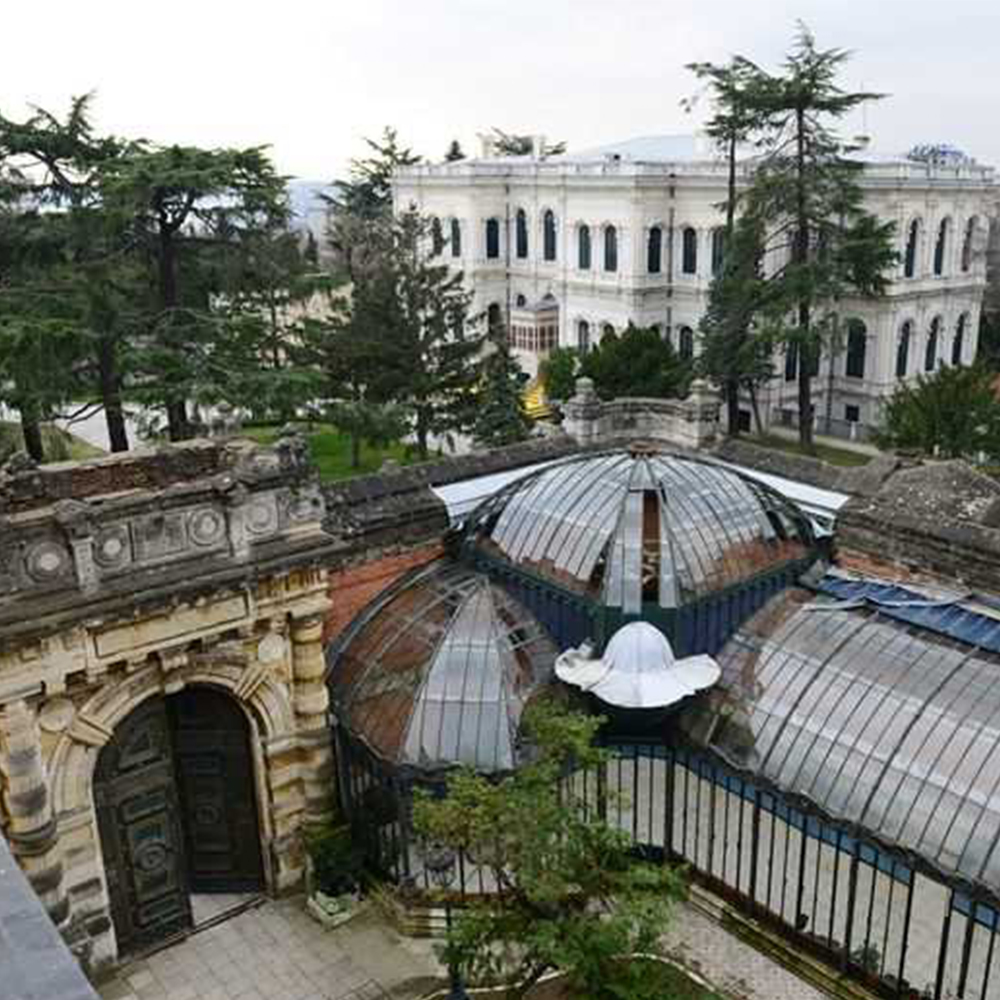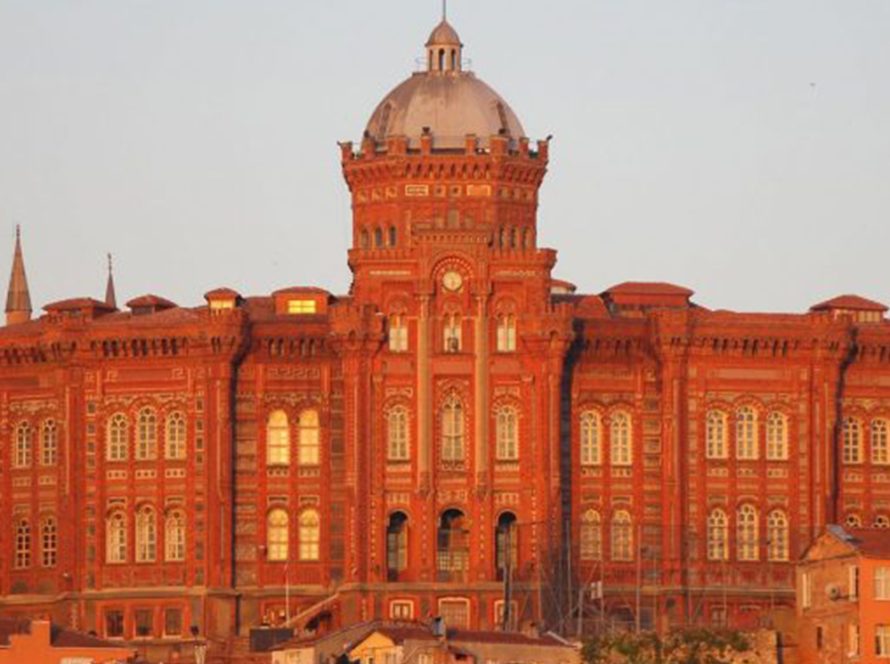Built on a high terrain overlooking Bosphorus and Marmara Sea, Yıldız Palace was the last grand palace built by the Ottoman Empire in Istanbul. In the context of the general site plan, it continues the tradition of Turkish-Islamic palace architecture with its “Palace in the East (State Adminstration Building and Harem) – Friday Mosque in the West (Yıldız Hamidiye Mosque)” setup. With an area of 500,000 m2, Yıldız Palace consists of 3 large parts. The first one is the main palace with the buildings for state governance, the second one is the private section for the Sultan himself and his harem, and the third section is the outer garden and surrounding buildings. The outer garden is Yıldız Park of today. This big park, which was reserved for the palace during the reign of Sultan, is now open to the public. Today, only Çadır, Malta and Şale Pavilions have survived from this section where many pavilions and structures were located in its period.
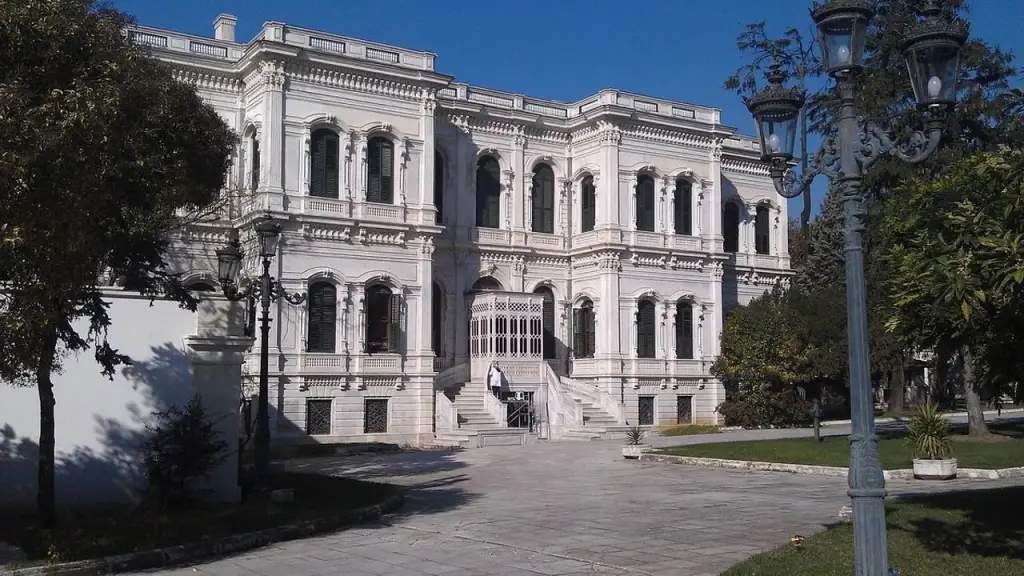
The first pavilion in Yıldız Palace was built during the reign of Sultan Selim III (1789-1807). Although subsequent sultans paid attention to the groves and gardens in the area, the name of Yıldız Palace became identified with Sultan Abdülhamid II (1876-1909). The sultan named the area “Yıldız Sarây-ı Hümâyûnu (Yıldız Imperial Palace)”, designated it as his main residence and ruled the country from this palace for 33 years. Spread over a very large area between Beşiktaş and Ortaköy, Yıldız Palace, with its gardens, pools, trees, greenhouses and pavilions, is a complex of pavilions with functions different than the other palaces of Istanbul. Sultan Abdülhamid II, who built a theater, a museum, a library, a pharmacy, a zoo, an animal hospital, workshops such as carpentry and ironworks, as well as industrial buildings such as a tile factory in Yıldız, placed the famous 2nd Division of the First Army (Orhaniye and Ertuğrul barracks) near the palace. It is thought that the palace had a population of up to 12,000 during this period, including those who directly or indirectly served the palace. Yıldız Palace went down in history as the last governance center of the Ottoman Empire and the last residence of the sultan.
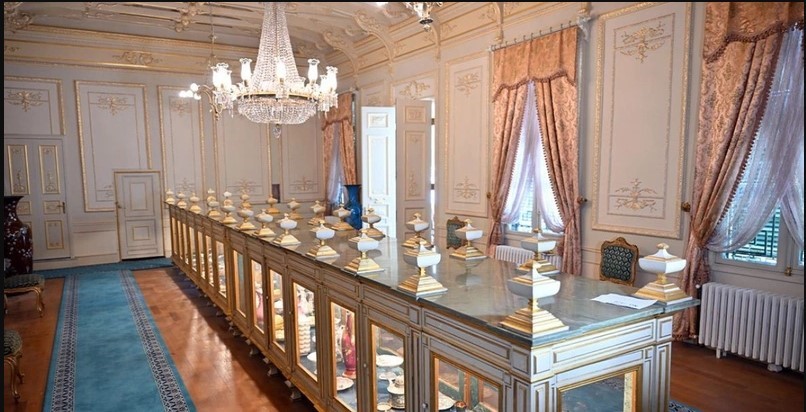
Yıldız Mosque
Abdülhamid II had Yıldız Mosque built between 1885 and 1886. It is one of the most typical examples of late Ottoman architecture with its size, plan scheme and decoration. At the same time, the building has Neo-Gothic features, which is one of the dominant architectural concepts of the period.
Yıldız Mosque is located in Beşiktaş, on the north side of Barbaros Boulevard, on the road to Yıldız Palace. Although its original name is Hamidiye, it is more commonly known as Yıldız Mosque.
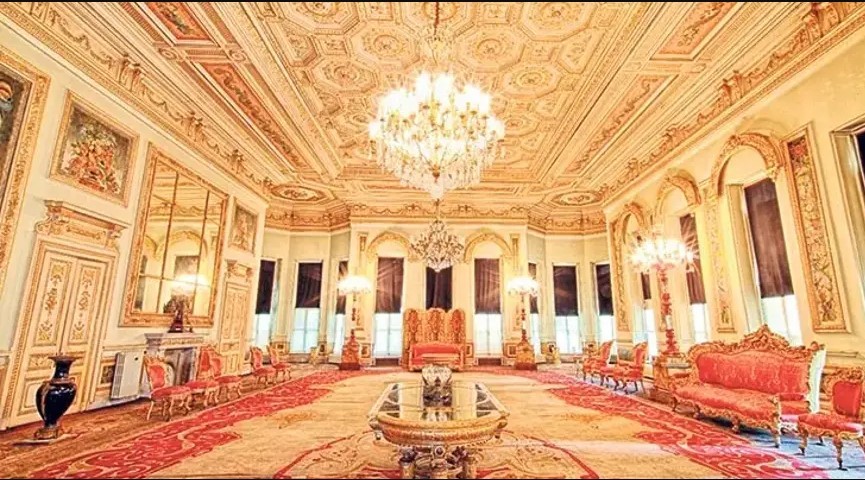
Design
The palace had a complex structure and its administrative buildings included the Grand Mabeyn, Şale Pavilion, Malta Pavilion, Çadır Pavilion, Yıldız Theater and Opera House, Yıldız Palace Museum and the Imperial Porcelain Production House. The garden of Yıldız Palace was also a well-known recreation area in İstanbul. A bridge was connecting Yıldız Palace and Çırağan Palace to this garden over Bosphorus.
Yıldız Palace Clock Tower
It is located at the southwest corner of Yıldız Mosque courtyard. It was built in 1890. It’s design is a mixture of Orientalist and neogothic style. It is a three- storey tower rising on a square plan with broken corners. It is covered with a pointy and sliced dome. There are also dormer windows with segmented arches on the cover.
Imperial Porcelain Production House
Yıldız Porcelain Production House
Opened in 1895, the production house aimed to meet the European-style ceramic needs of the upper class. Bowls, vases and plates were produced. These often depicted scenes from Bosphorus. The building resembles a medieval castle.
The restoration work started in 2019 and was completed in 2024.
Yıldız Palace, the last palace of Ottoman Empire, reopens its doors after 100 years and presents artifacts about the life of Sultan Abdülhamid II to visitors for the first time.
Yıldız Palace, which witnessed many historical events as the last palace of the Ottoman Empire, was opened to the public 100 years later, on Friday, July 19.
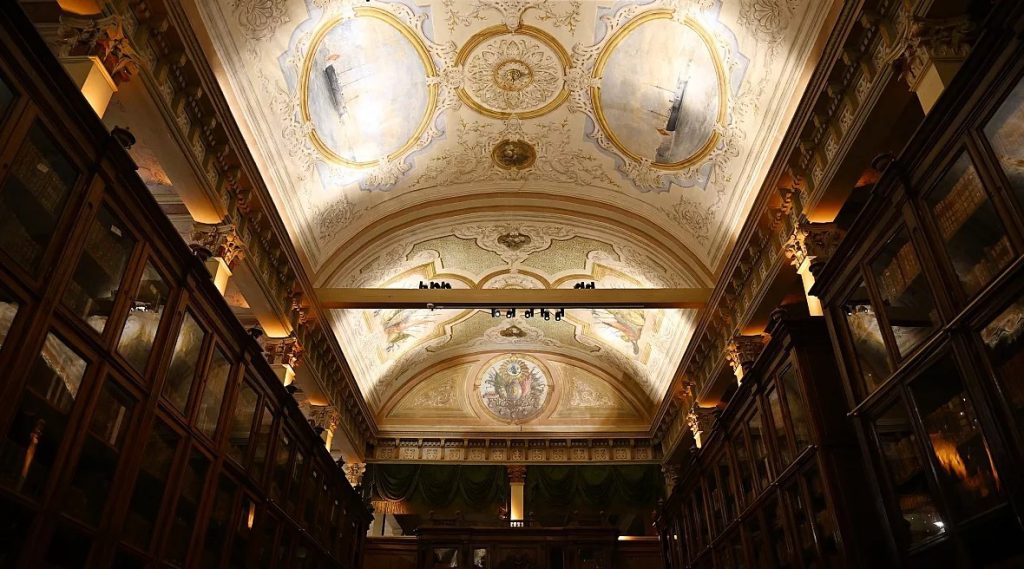
After 6 years of restoration, conservation and landscaping works, many structures such as “Great Mabeyn Pavilion,” “Çit Pavilion,” “Small Mabeyn Pavilion” and “Harem” will be opened to visitors for the first time in Yıldız Palace located in Beşiktaş district of Istanbul.
Artifacts reflecting the life and personality of Sultan Abdülhamid II will be exhibited for the first time.
The palace library, one of the largest libraries in Europe and the Middle East, identified with Sultan Abdülhamid, the carpentry shop and photographs selected from the Yıldız Albums will also be presented to history and art lovers for the first time.
CONTACT INFORMATION
- Phone: +90 (212) 259 45 70
- Fax: +90 (212) 259 32 92
- E-mail: info@millisaraylar.gov.tr
- Address: Yıldız, Yıldız Sarayı Müzesi, 34349 Beşiktaş/İstanbul
VISITING INFORMATION
- Closed Days: Monday
- Booth Opening Hour: 09:00
- Booth Closing Hour: 17:30
Just click here for its location.
Resources: Directorate of National Palaces, Wikipedia


